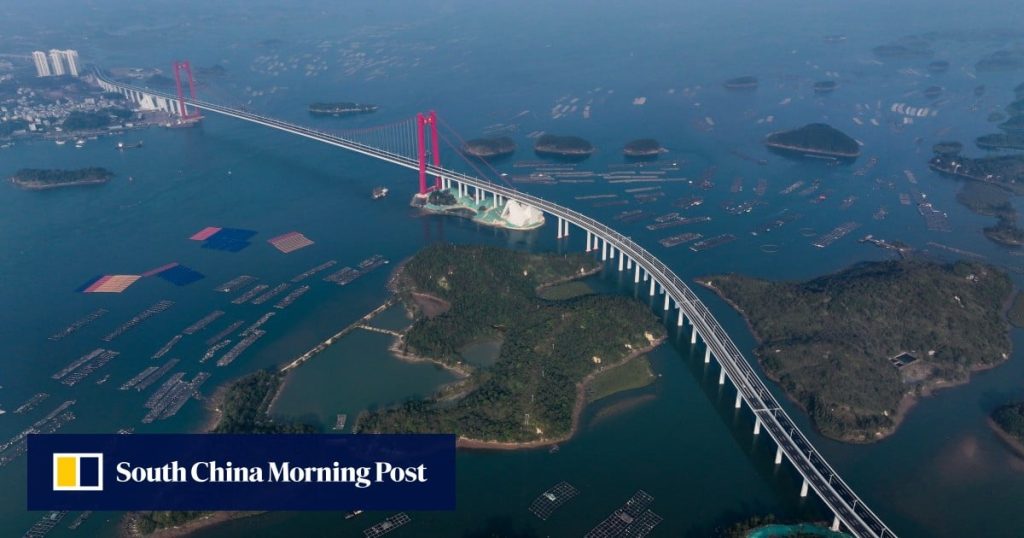With the world’s biggest high-speed rail network already established, China now plans a more balanced, integrated and intelligent transport system over the next five years, prioritising efficiency and smart technology over sheer scale.
Beijing will move away from large-scale expansion to optimising new projects and upgrading existing assets, Minister of Transport Liu Wei said at a recent symposium on the 15th five-year plan attended by local transport officials, according to an official statement issued on Thursday.
Construction on one of China’s most ambitious infrastructure projects – a strategic railway linking Hotan in Xinjiang to Lhasa in Tibet – is set to begin this month.
Another mega infrastructure project under construction is the Pinglu Canal, scheduled to open in 2026, according to a 2024 report by state news agency Xinhua. The 134.2km (83.4 miles) waterway will link Nanning in Guangxi Zhuang autonomous region to the Gulf of Tonkin, known in China as the Beibu Gulf, via the Qinjiang River.
The canal will serve as a crucial route between China’s inland waterway network and the sea, enabling direct shipments from Guangxi, Yunnan and Guizhou to coastal ports and onwards to global markets. Bypassing Guangdong is expected to reduce shipping distances by about 560km (348 miles), according to the report.


